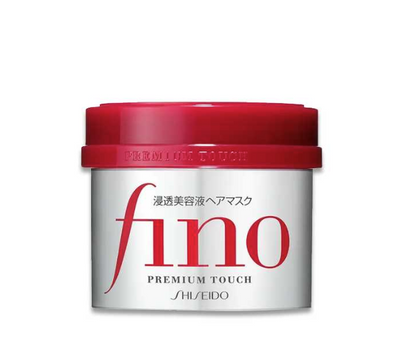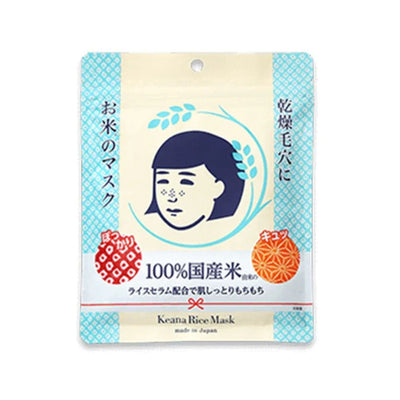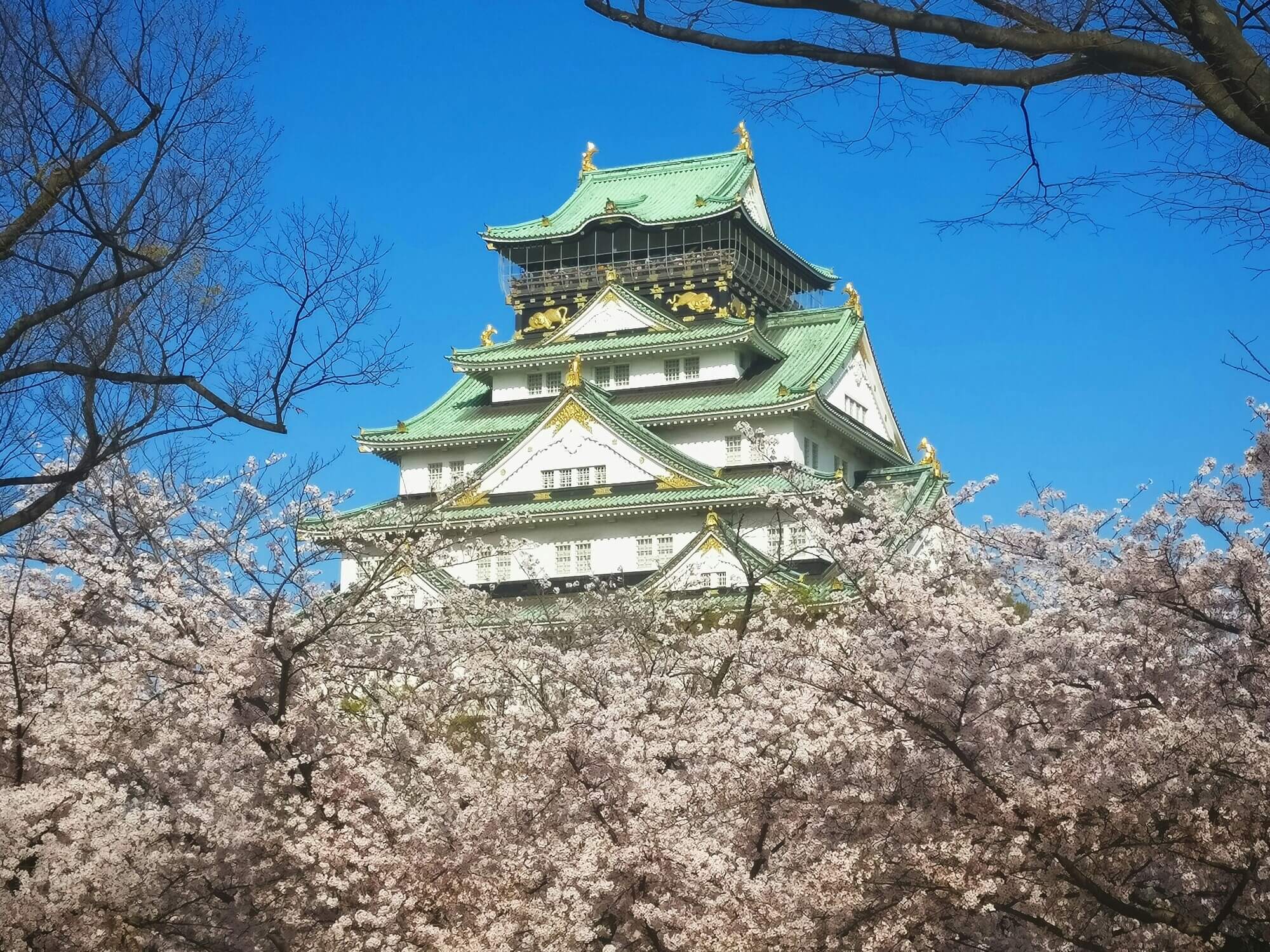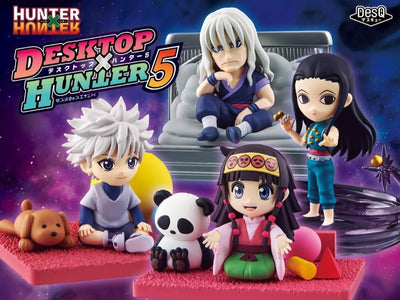Cherry blossom festivals see tons of folks gather to enjoy food, drinks and good conversation under the sakura trees along with plenty of pictures and selfies. However, it can be fun to look back in history to see where this fun event comes from. You never know what interesting info you might find. That why we’re taking a dive into the fun history of Hanami!
Read on to learn about the long history behind Hanami, or cherry blossom viewing, and how it evolved from back then to now!
From China to Japan

Here's the flower that kicked it all off. Just know that this isn't even a cherry blossom! Image via Unsplash
Hanami got its start in Japan in the Nara period (710-794) only after Japan adopted the practice from China. This custom didn’t start with cherry blossoms, instead starting with plum blossoms, coming from the Chinese tradition.
Ume plum blossoms have a beautiful purple hue, and people would write or perform poetry under the flowers and drink wine, just like their counterparts in China. In fact, the Man’yoshu, a huge collection of poems mostly from 600 to 759, has 110 poems that talk about ume and only 43 that talk about sakura. That’s what people affiliated Hanami with at first.

By the time The Tale of Genji by Murasaki Shikibu, Japan's oldest novel, was published, hanami was used mostly for cherry blossoms. Image via Wikimedia Commons
During the Heian period (796-1185), plums became less and less of a focus as sakura (cherry blossoms) started to take the spotlight. That’s around when Hanami stopped referring to ume and became strictly associated with sakura. The first official observation of sakura is said to have happened in 812 in the Nihon Koki, a historical Japanese text that covers the years 792 to 833.
Fun Fact: The word Hanami is also used in The Tale of Genji, Japan’s first novel (and one of the earliest in the world), being published sometime before 1021. It mentions Hanami, almost exclusively implying sakura. However, there is one mention of Hanami to refer to a wisteria-viewing party.
Hanami: A Royal Occasion

Even the royal court got in on Hanami, as seen in this woodblock print Chiyoda Ooku Hanami, where women of the court enjoyed the sakura in the Edo Castle. Image via Wikimedia Commons
Hanami wasn’t always a party for everyone. The cherry blossom viewing custom was originally adopted by Emperor Saga, a Heian period emperor. These Heian period parties were exclusively held in Kyoto’s Imperial Court (as Kyoto was the capital back then). These parties were still plenty of fun, complete with plenty of food, sake and poetry.
Poetry was a big part of this event as the educated Heian elite would write poems about the beauty of the cherry blossoms. In many ways, this is where the meaning of sakura began as the poetry they wrote went beyond beauty, making sakura a metaphor for how short yet beautiful life can be.
These customs spread among the elites of Japan, especially since poetry was something practiced mostly by the educated nobles. But Hanami didn’t stay “elite” forever.
How Hanami Spread to the People
To the Samurai

You can see from this woodblock print of Cherry Blossom Viewing at Asuka Hill (1830-1844), you can see two samurai on horses next to the crowd! Image via Wikimedia Commons
Sometime after cherry blossom viewing was established, the practice made its way to the samurai class and then to us common folk. When it got to the samurai class, it continued unchanged for a while. It’s said that several shogun families participated in Hanami, which led to it spreading to the samurai class.
One theory is that the spread to the samurai class and a great sakura party at Daigo-ji temple is when the practice switched from a refined, elegant affair to a full party under the blossoms.
To the People

This painting from 1799, Cherry Blossom Viewing at Mimeguri by Kitagawa Utamaro, shows plenty of normal folks enjoying the sakura. Image via Wikimedia Commons
Prior to its spread to the common folk before the Edo period (1603-1868), the common people of Japan used cherry blossoms as a way to determine when to do rice-planting and rice harvesting. They would also make offerings to the kami (gods) within the trees and would later enjoy the offering while drinking sake.
However, when Hanami became more popular for everyone, Tokugawa Yoshimune, an Edo period shogun of the Tokugawa Shogunate, actually had whole areas of cherry blossom trees planted to help encourage the practice for all.
These parties for all saw plenty of people enjoying food, from simple lunches to full-on feasts, and drinking sake under the beautiful trees.
Tons of Variety

Not all sakura are the same, with each one featuring different hues of pink and white and having different petal shapes. Image via Unsplash
Until the Meiji period (1868-1912), Japan enjoyed over 200 varieties of cherry blossom, with Yoshino cherry being the most common.
However, the Meiji period was a time of a lot of modernization and land reclamation, which means that a wide variety of trees, cherry or otherwise, were cut down for (mostly) important land development. Now, “only” over 100 types of sakura trees exist in Japan.
Fun Fact: Some varieties of cherry blossom trees were saved by the efforts of people in different parts of Japan. From the planting of various varieties along the Arakawa River by a local gardener and mayor to the saving of various types in Kyoto by a local gardener, local folks did the work to save some of the varieties we enjoy today.
Hanami Now

Night Hanami events, or yozakura, is one of the coolest ways to enjoy the cherry blossoms with lights, food and drinks! Image via Unsplash
Cherry blossom viewing festivals continue to be extremely popular. People gather from all over to enjoy Hanami at all of the different parks to enjoy good company with friends and/or family, good food from both homemade and food stalls, and plenty of beverages.
There’s even a saying that perfectly explains modern cherry blossom festivals. The saying is: Hana yori dango. This saying means “dumplings over flowers” and is used to call out the fact that most people go to Hanami parties with friends to eat, drink and socialize over taking in the flowers.
That doesn't mean that people don’t appreciate the sakura though. Sakura, to this day, still represents how yet insanely beautiful life can be. This is because, although sakura season is only about six weeks total, it only lasts about two weeks (maybe three if there’s no rain or anything to knock the blossoms off).

Fallen blossoms could be a metaphor in and of themselves, but we're not going to rack our brains to figure it out. Image via Unsplash
That’s right—these beautiful cherry blossoms only bloom for a very short time, kind of like us in the grand scheme of things.
Also, based on where you live, sakura season coincides with graduations, new school years and new fiscal years when new hires often start at companies. This timing, where so many people are entering new stages in life, has also added to sakura being associated with new beginnings.
If that’s a little too real for you though, it’s okay to just enjoy eating karaage, 3-color Hanami dango and more while drinking a nice beverage instead.

These traditional Japanese treats are available everywhere from fancier sweets shops to supermarkets and conbinis! Image via Instagram
And that’s our quick guide to Japan’s Hanami history! It really is a fascinating part of Japanese history and culture and we hope that you get the chance to enjoy it sometime!
Did you learn anything new about cherry blossom viewing festivals? Let us know in the comments and please check out some of our other blogs all about sakura season coming out soon!









